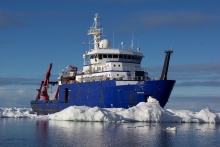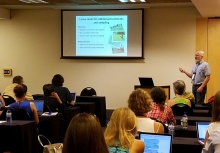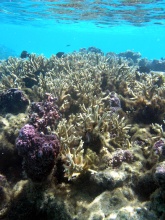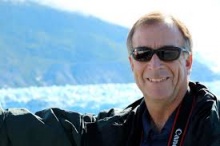National Science Foundation (NSF) grants will support two new Long-Term Ecological Research (LTER) sites. Scientists will conduct research along the Northeast U.S. continental shelf and in the northern Gulf of Alaska, regions known for productive fisheries and abundant marine resources. The new LTER sites were each awarded $5.6 million over five years, adding to 25 existing LTER sites in ecosystems including the open ocean, coral reefs, deserts and grasslands. The complex food webs in these regions are affected by human activities, short-term environmental variability and long-term ecosystem changes.
News
- Wednesday, March 1, 2017
- Monday, October 31, 2016
The first Open Science Meeting of the International LTER Network (ILTER) network gathered over 300 participants in Kruger National Park, South Africa to present their latest results, network, and explore next steps for the growing organization.
The meeting, which took place from 9-13 October, 2016, offered a balanced mix of scientific talks, poster sessions, workshops, and high-profile plenary sessions—all in a setting that invited easy camaraderie and appreciation of this exceptionally diverse ecosystem. - Tuesday, October 18, 2016
The National Aeronautics and Space Administration (NASA) is known for its in-depth work in space exploration and research. But space is not its final frontier. California State University, Northridge marine biology professor Bob Carpenter is among a team of 20 international researchers and engineers who are taking NASA on a voyage to the depths of the ocean as part of a $15 million, three-year project to go where no NASA technology has gone before.
- Sunday, November 15, 2015
Understanding the factors influencing coral reefs has been the life work of MCR investigator Mark Hay, the Teasley Professor in the School of Biology at the Georgia Institute of Technology. During the past 35 years, he's made more than 5,000 dives, worked weeks at a time underwater in both the Caribbean and Pacific – and each year spends as much as five months with villagers on the islands of Fiji.







